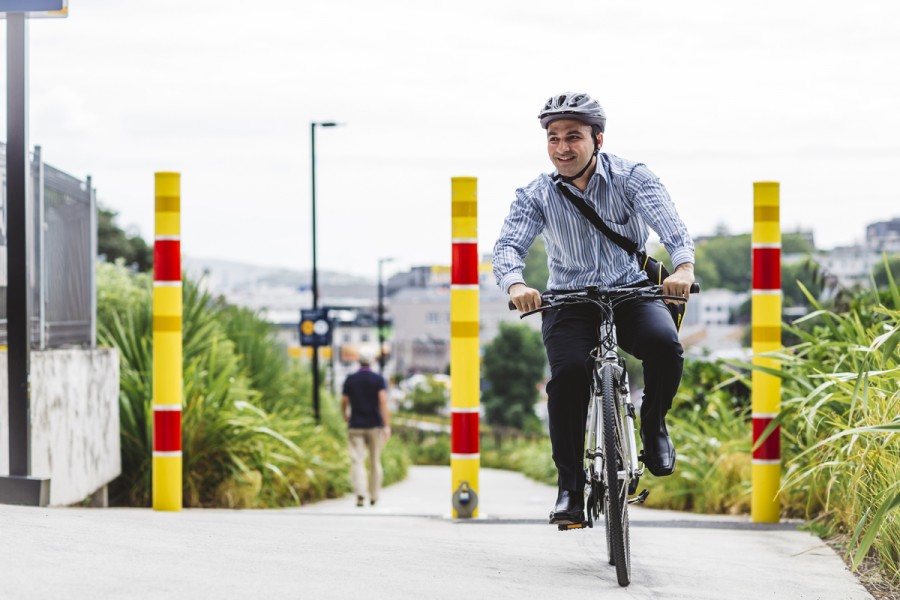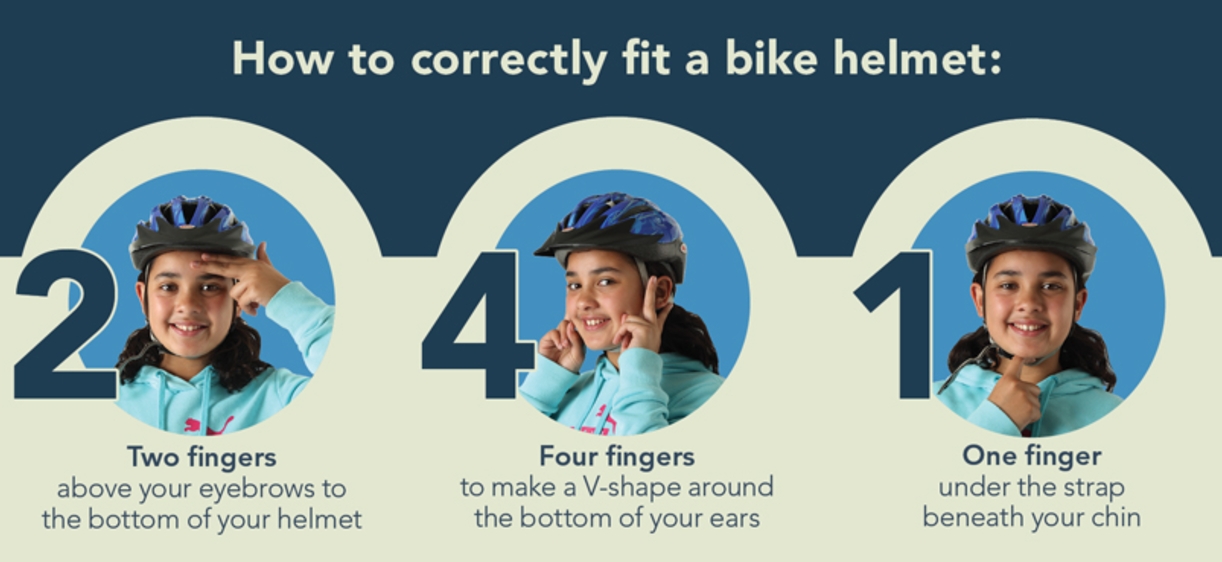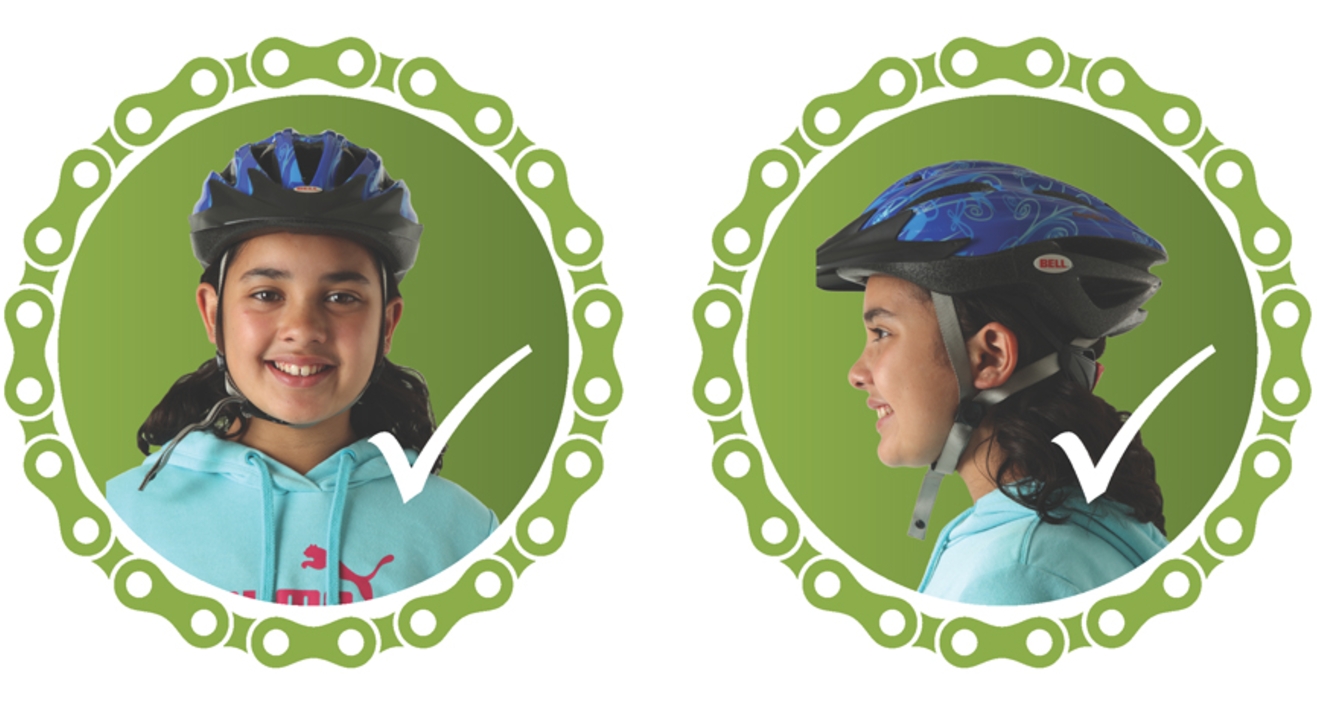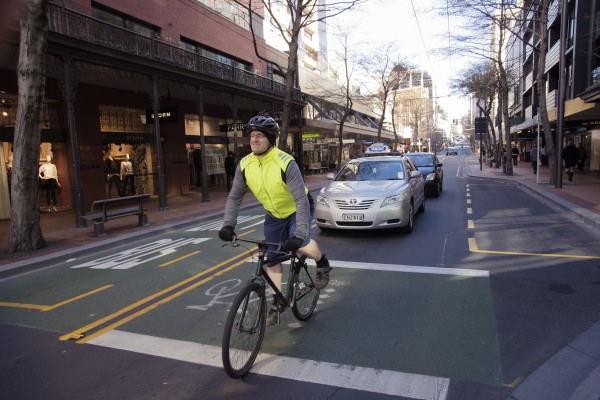Cycling can be a great way to travel all year round. Here are some tips to make sure your bike is road worthy and that you are safe.
Tips to get your bike road worthy
Like cars, it is important that bikes are road worthy and safe to be on the road. It's important that you regularly check everything is working.
A well maintained bike will be easier to use, reliable and safe. You can undertake as little or as much maintenance on your own as you like, but all bikes should be serviced at least annually by a trained bike mechanic.
Before every ride, there is a quick 4-point safety check that you should get in the habit of performing.
- Tyres – Check they are inflated correctly. Have a quick look all the way around for any worn or cracked rubber.
- Wheels – Check that the quick release levers (or wheel nuts), are securely fastened so they don’t come out while riding.
- Brakes – Try both the front and back brakes to make sure they are working
- Reflectors and lights – Make sure your rear red reflector is clean and visible and check your lights are working if planning to ride at night.
Safe use of cycleways
Even if you are using a cycleway you still need to:
- See and be seen – by riding in a visible position, using lights and reflective material at night and wearing brightly coloured clothing.
- Communicate with other users – by using eye contact, hand signals and checking over your shoulder before making a move.
- Scan – for anything that may affect you such as intersections, potholes, other cyclists and pedestrians
- Respect others – share the path and use a bell to alert walkers
If you are riding on the road you will need to follow the road code. Find out more here.
How to correctly fit a bike helmet
The law requires you to wear a helmet when riding a bicycle. It is important to make sure your helmet is the right size, is worn correctly and meets the standards.
To correctly fit your helmet:
- Loosen all the straps.
- Place the helmet squarely on your head making sure it covers your forehead.
- Do up the chin strap and make sure it is tight enough so it can’t slip back over your chin.
- Adjust the back and chin straps so the buckle on each side sits just below the ear lobe and all straps sit tight on the side of your head.
Key points to remember 
- Ensure the helmet is not tilted forward so that it covers your eyes or tilted to either side so it covers one side of your head.
- Do not wear the helmet on the back of your head. It exposes your forehead and face and you risk being strangled by the strap.
- Do not wear a helmet with the straps loose. It won’t stay in place and the straps could catch on something.
- Do not wear a cap under your helmet. In an accident the cap may cause your helmet to come off.
- Do not buy a second hand helmet. Even if it looks okay, it may have been damaged.
- Do not wear a helmet after it has been in an accident or has been bashed. Cracks in the shell, cracked or squashed padding, or frayed straps mean that the helmet may have lost its protective qualities.
Helmets are a secondary safety measure. They do not prevent collisions and should not be seen as a substitute for proper cycle safety training.
Even though it's not recommended to cycle on footpaths, anyone who does should be careful and follow some simple guidelines:
- Take care when approaching all driveways or corners – drivers are not usually expecting anyone to be moving faster than a pedestrian.
- Take care when approaching pedestrians – slow down, ring your bell before you get to them, give them lots of space, pass with caution and respect.
Shared paths
- Cyclists ring your bell to alert walkers and slow down when passing.
- Walkers keep left and allow cyclists to pass when you hear a bell.
- Share the path, it's for everyone to enjoy.
Pedestrians
Pedestrians include anyone that is not in a vehicle or on a bike. Pedestrians need to keep themselves safe by:
- Using crossings where they are provided
- Looking both ways before crossing even when using a marked crossing
- Taking care around intersections and driveways
- Giving way to cyclists and vehicles
- Wearing reflective clothing at night
When you are a passenger in a car you also need to think about others who are using the road. Always look behind you before opening a car door so you do not knock a cyclist off their bike.









